Imagine being able to visit alternate realities or parallel universes without leaving your room. That’s what reality shifting promises. It’s a concept that’s gained traction online, especially among people looking for an escape or a new experience. Reality shifting involves using techniques like meditation, visualization, and focused intention to “shift” your consciousness to another reality. Think of it as a highly immersive form of lucid dreaming or an intense exercise in imagination.
The idea might sound like something out of a science fiction novel, and, frankly, it’s considered as such by the scientific community. There’s no empirical evidence supporting the possibility of shifting to another dimension or universe. Yet, the notion draws on some pretty complex concepts, such as quantum mechanics and the multiverse theory. These suggest that reality might be more fluid than we perceive and that numerous realities could coexist simultaneously. However, it’s important to underline that these scientific theories are not directly proving or endorsing reality shifting as it’s currently practiced by enthusiasts.
The buzz around reality shifting has skyrocketed recently, partly thanks to social media and the desire for escapism brought on by global challenges like the COVID-19 pandemic. Platforms like TikTok, Reddit, and Instagram have become hotspots for sharing success stories, methods, and personal journeys into alternate realities. But as captivating as the idea is, it’s crucial to navigate this space with caution, keeping in mind both the mental health implications and the fine line between intriguing exploration and the spread of misinformation.
The Anatomy of Reality Shifting
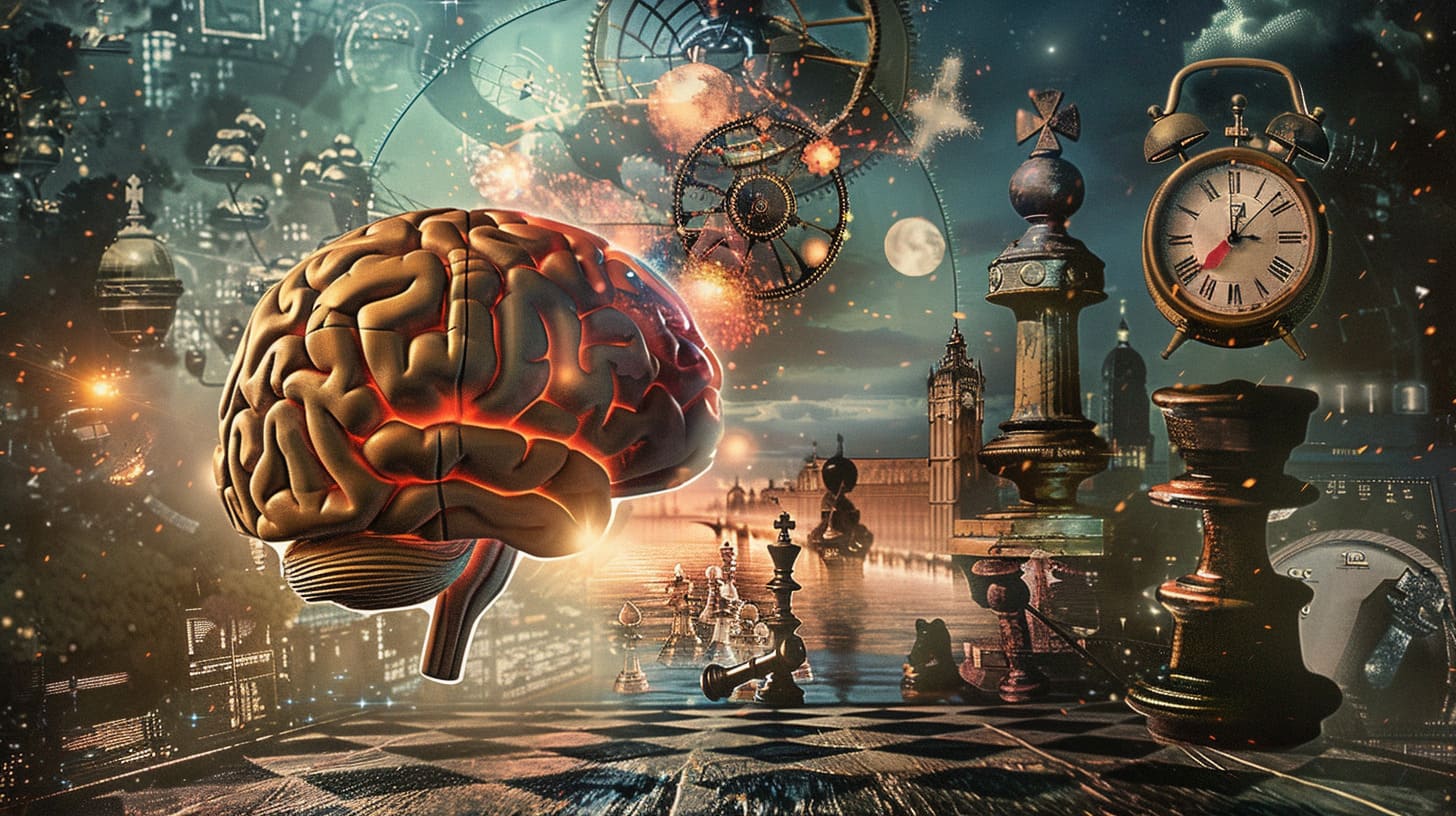
Diving into reality shifting, you’re exploring a world where the lines between the metaphysical and the concrete blur. At its core, reality shifting hinges on the belief that through specific practices like meditation, visualization, and certain shifting methods, one can experience alternate realities. While the scientific community remains skeptical, citing a lack of empirical evidence, enthusiasts draw parallels to quantum physics and the wonders of consciousness to explain the phenomenon.
Imagine, for a moment, your consciousness as a remote controller capable of tuning into different channels—each representing alternate realities. The theories that try to explain how you can ‘change the channel’ are as fascinating as they are varied. From the Wormhole Theory suggesting wormholes as pathways to parallel universes, the Lucid Dreaming Theory that equates shifting to lucidly controlling your dream world, to the Quantum Physics Theory that posits our observation might influence and bring forth new realities. These theories, while speculative and not scientifically proven, offer a canvas for understanding the mechanics behind reality shifting.
- Wormhole Theory: Navigating between parallel universes.
- Lucid Dreaming Theory: Controlling dreams to access different realities.
- Quantum Physics Theory: Observation influences reality.
Each theory underscores the power of the mind in perceiving or even creating new dimensions of experience. Whether it’s stepping through a cosmic wormhole, taking the reins in a lucid dream, or harnessing quantum mechanics through focused intention, the essence of reality shifting lies in transcending our known reality.
It’s crucial, however, to tread this fascinating terrain with a blend of open-minded curiosity and grounded skepticism. The allure of journeying through alternate universes captivates the imagination, but until these experiences are better understood or validated by science, they remain intriguing narratives of personal exploration and spiritual practice.
Key Techniques for Reality Shifting
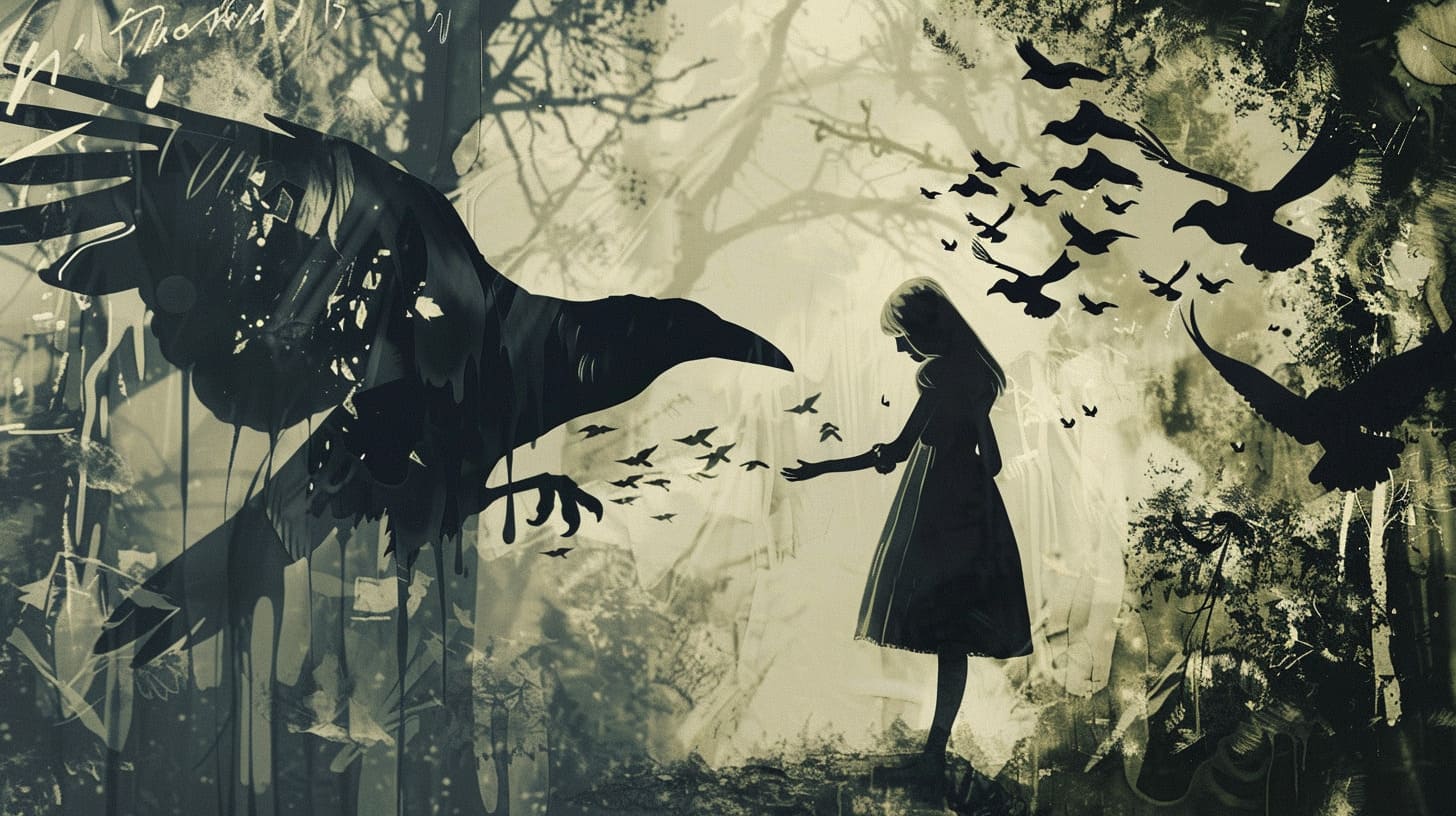
When diving into the world of reality shifting, you’ll find the Raven Method and the Alice in Wonderland Method (Aiwasm) at the forefront of popular techniques. Each method offers a unique pathway into experiencing an alternate reality, tapping into the depths of your consciousness and leveraging the power of visualization and meditation.
The Raven Method has evolved into a more structured practice, emphasizing a vivid mental preparation that engages all five senses. Imagine not just seeing your desired reality but also touching, hearing, tasting, and smelling it. This multisensory approach is key to immersing yourself fully. Some shifters enhance this method with binaural beats or isochronic tones, aiming for deeper relaxation and focus. Others tap into the Mandela Effect or the Kasina Method, adding layers to their visualization practices.
On the other side, the Alice in Wonderland Method, rejuvenated by the Aiwasm Manual, offers a step-by-step guide to entering your chosen reality. It integrates specific visualization tactics that make the experience more sensory-rich. Lucid dreaming techniques, including reality checks and the Mnemonic Induction of Lucid Dreams (MILD) method, are also applied to boost success rates. The Wake Back to Bed (WBTB) technique represents another innovation, leveraging dream states to facilitate shifting.
- Raven Method: Structured visualization, sensory immersion, use of binaural beats.
- Alice in Wonderland Method (Aiwasm): Structured step-by-step guide, lucid dreaming techniques, sensory-rich visualization.
Your choice between these methods may depend on personal preference. Some find the intuitive nature of the Raven Method appealing, while others prefer the detailed guidance provided by the Aiwasm Manual. Experimentation and adaptation to what feels right for you are crucial. Remember, the effectiveness of these methods varies widely among individuals, with success highly dependent on personal dedication and the ability to engage deeply with the practice.
Incorporating technology, like VR headsets or binaural beats, meditation, and advanced visualization techniques, can enhance your shifting experience. Lucid dreaming tactics further support the journey, offering methods to increase lucidity and control within the shift. As the practice of reality shifting continues to grow, so does the toolkit available to practitioners, inviting a personalized approach to exploring alternate dimensions.
Whether you’re drawn to the Raven Method or the Alice in Wonderland Method, both offer gateways to exploring the metaphysical landscapes of your mind. The journey is as personal as it is profound, with each method opening doors to endless possibilities across the multiverse.
Personal Journies: Stories of Success
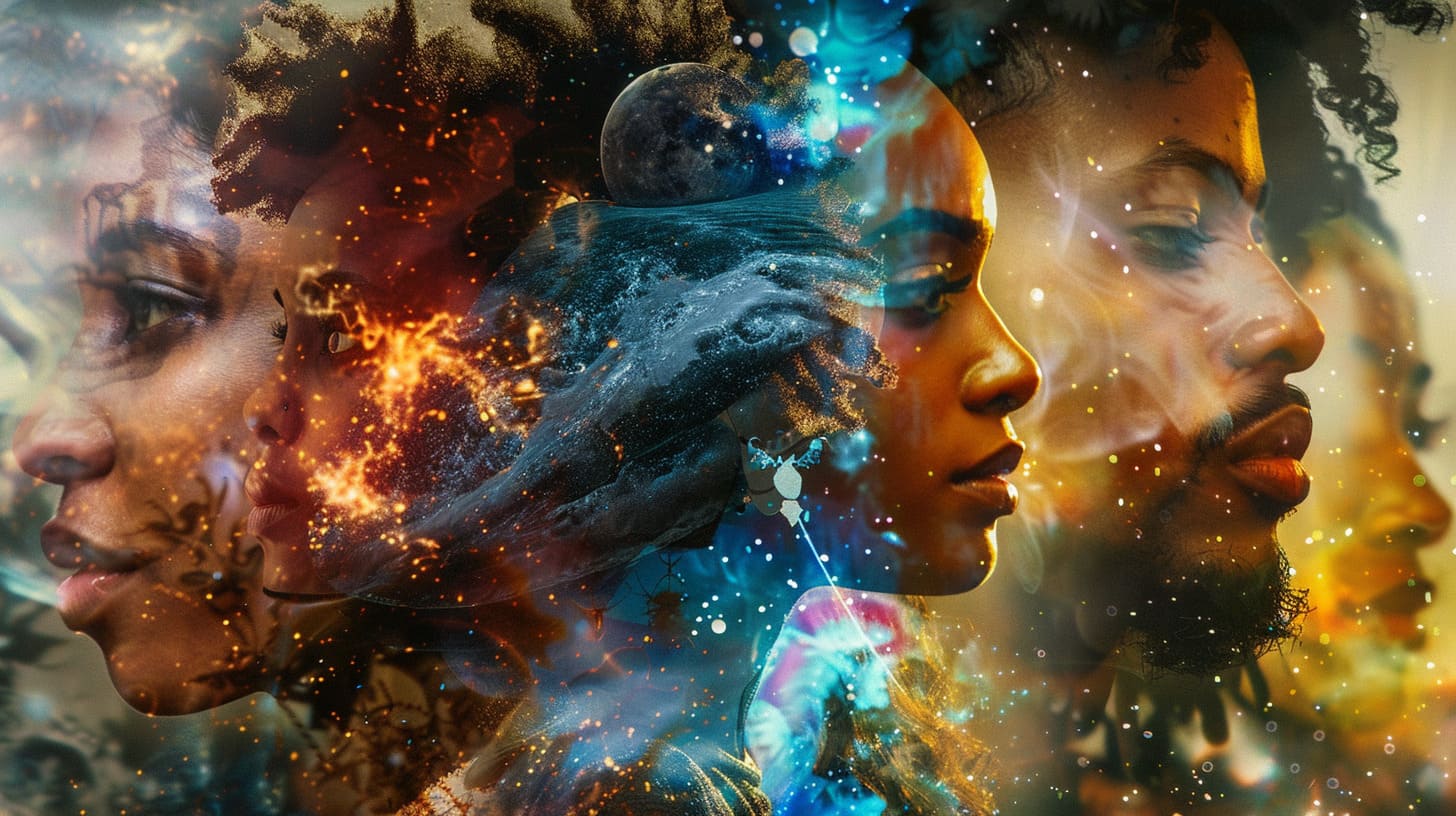
Imagine for a moment that you could step into another universe where the rules are different, and maybe you’re living out your wildest dreams. Sounds like a plot from a sci-fi novel, right? But for some, this is a fascinating part of their reality, thanks to reality shifting. Let’s dive into some success stories that might just make you believe in the unbelievable.
One person shared how they managed to shift into a world where technology is leaps and bounds ahead of ours. They talked about experiencing gadgets and machines that we can only dream of, bringing back with them a sense of awe and a belief in infinite possibilities. It’s like getting a sneak peek into the future, right from your living room.
Then there’s the tale of someone who found themselves in a magical kingdom, reminiscent of the stories we heard as kids. They spoke of the vivid colors, the mystical creatures that roamed freely, and the sense of adventure that filled the air. This wasn’t just a dream; it was an alternate reality where fantasy became their temporary truth.
Behind these experiences are methods like the Raven Method and the Alice in Wonderland Method, each using visualization and meditation to guide the consciousness into another realm. It seems the key to unlocking these doors lies in the power of the mind, coupled with a strong desire and belief that shifting is possible.
Now, while these stories might spark your curiosity or even inspire you to try reality shifting yourself, remember that everyone’s journey is unique. What works for one might not work for another, and that’s okay. The beauty of reality shifting lies in exploring the vast landscapes of your own consciousness and discovering what feels right for you.
Whether you’re drawn to the metaphysical, intrigued by the concept of the multiverse, or just looking for a new spiritual practice, reality shifting opens up a world (or worlds) of possibilities. Just remember to approach it with an open mind and take care of your mental health along the way. After all, the most important reality to take care of is the one you’re living in right now.
The Skeptic’s Corner: Debunking and Doubts
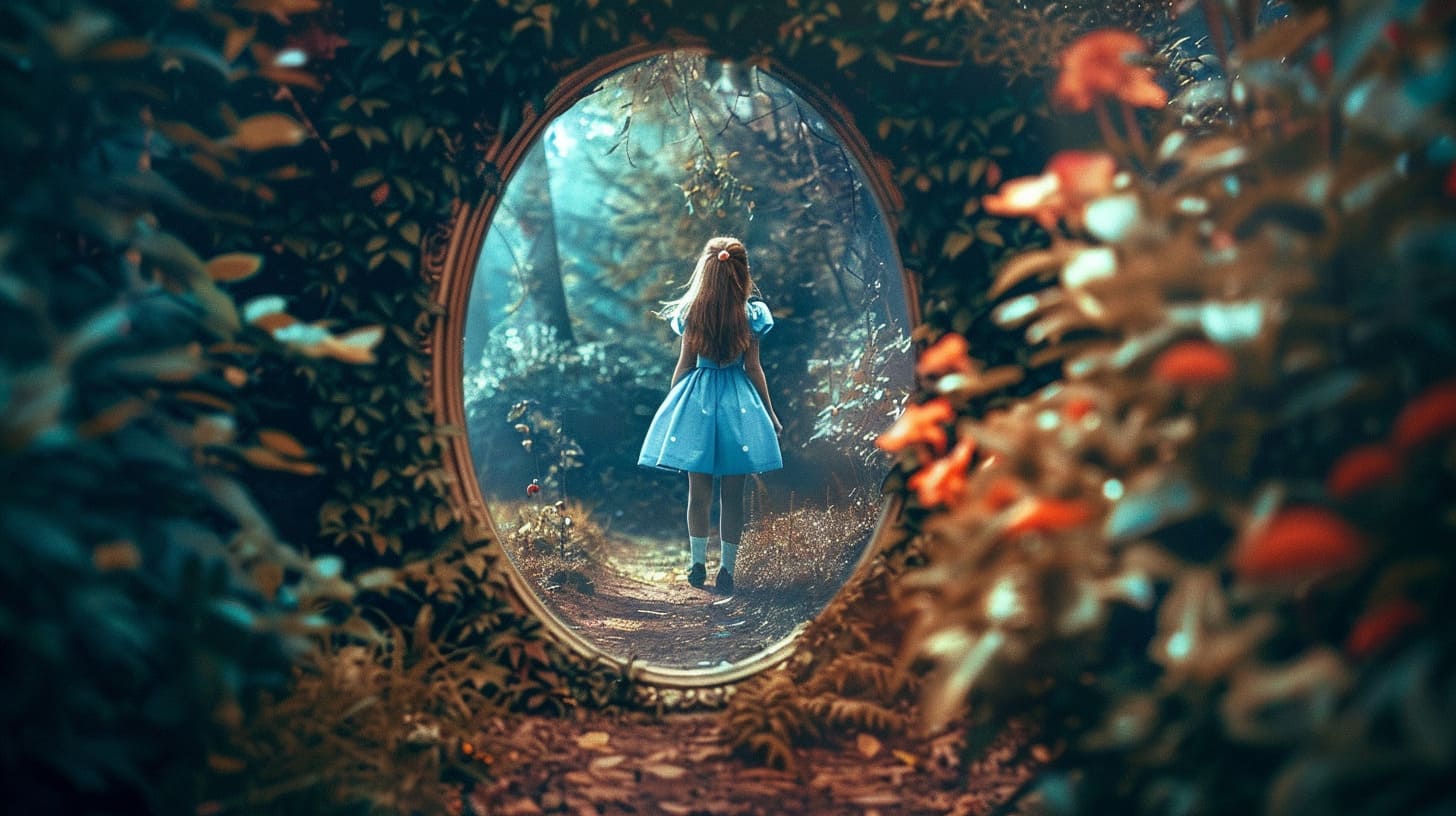
When diving into the world of reality shifting, you might stumble across a roadblock of skepticism. It’s no surprise, considering the head-scratching concept of hopping into an alternate reality. Recent studies and expert opinions have thrown a wet blanket on the warm fire of reality shifting enthusiasts. Let’s break down why some folks are raising their eyebrows at this phenomenon.
A 2021 study in “Frontiers in Psychology” essentially called reality shifting a mix of wishful thinking and mental simulation. They couldn’t find any scientific backing for claims that techniques like lucid dreaming, brainwave entrainment, or visualization could actually catapult someone into another dimension. Similarly, a 2020 study highlighted that believers in reality shifting showed increased activity in a brain region tied to understanding others’ beliefs and intentions. But again, no golden ticket to alternate universes was found.
“Skeptic” magazine in 2019 labeled reality shifting as pseudoscience, pointing out risks of mental health issues and the potential for scams. Ouch!
But what about all the cool tech advancements like virtual reality and brainwave entrainment? While they do offer immersive experiences, skeptics argue they don’t prove the existence of alternate realities. They might make the experience feel real, but at the end of the day, you’re still in your living room with a VR headset on.
Here’s a quick rundown of the main skeptical arguments:
- Lucid dreaming: Cool, but not a gateway to another universe.
- Brainwave entrainment: Interesting for mood and cognition but doesn’t punch a hole through to another dimension.
- Mental simulation: Great for creativity but not for universe hopping.
- Placebo effect: Belief is powerful, yet it doesn’t make alternate realities real.
- Cognitive biases: Our brains can trick us into believing lots, including unproven phenomena.
- Mental health concerns: Getting too caught up in shifting could lead to real-world issues like anxiety or depression.
In a nutshell, skepticism about reality shifting stems from a lack of scientific evidence and concerns over mental health. While it’s a fascinating topic, diving deep requires a parachute of critical thinking. Keep your feet on the ground while exploring the infinite possibilities of your consciousness.
The Safety and Mental Health Perspective
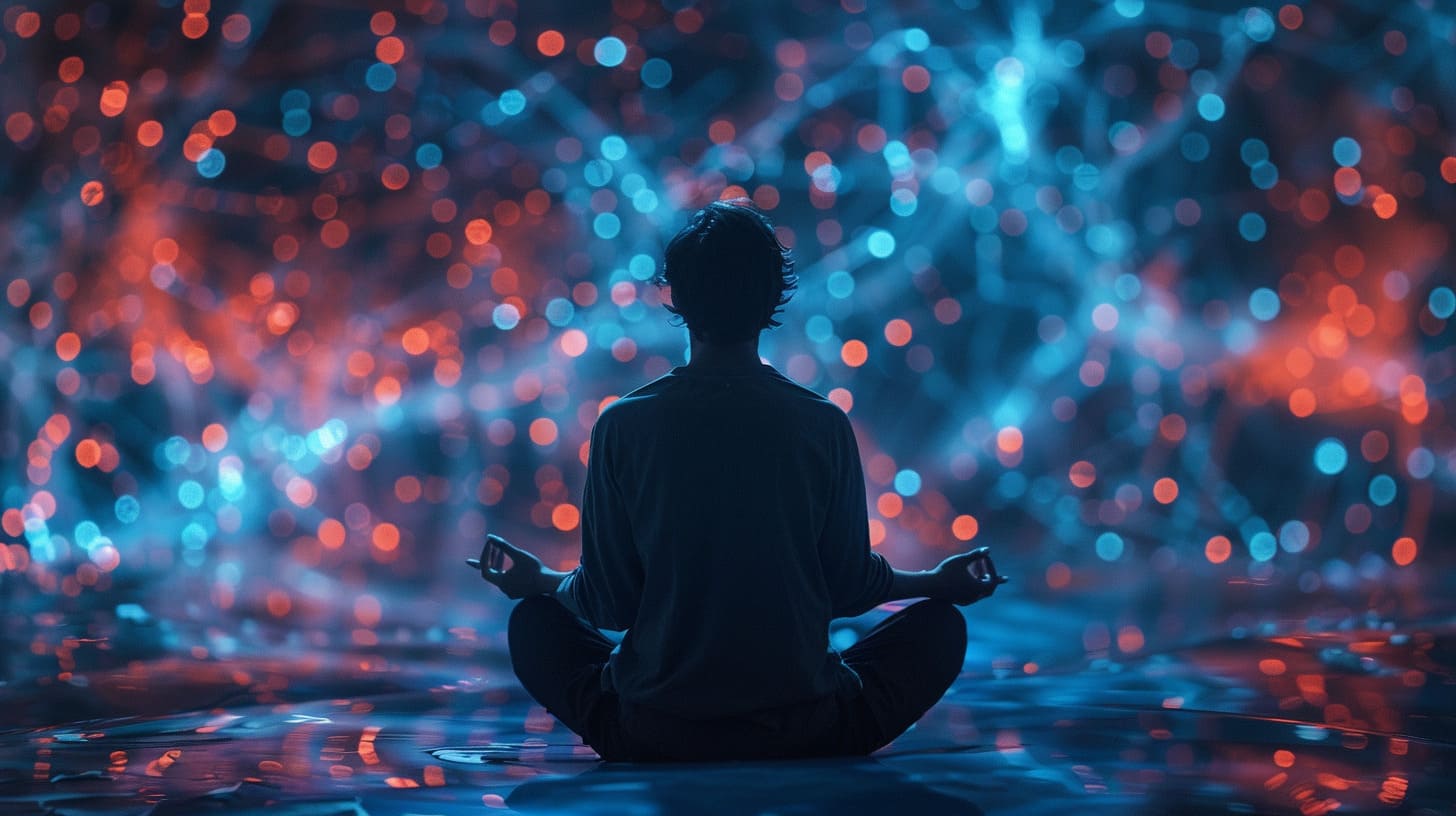
When you dive into the world of reality shifting, you’re stepping into a realm filled with endless possibilities. It’s like unlocking a door to countless alternate realities where anything you’ve ever imagined can exist. Techniques like the Raven Method, visualization, and meditation are keys to these doors, offering pathways to explore metaphysical landscapes and fictional universes straight out of your favorite stories. But, like any adventure, it’s important to proceed with caution.
Understanding the potential psychological risks and addressing safety concerns is crucial. Even though practices like astral projection, dimension jumping, or using the Alice in Wonderland Method can be exhilarating, they’re not without their hazards. Concerns about dissociation, anxiety, and sleep disturbances have been voiced by many in the mental health community. Imagine dipping your toes into a pool to find it’s deeper than expected—reality shifting can similarly catch you off guard if you’re not careful.
For every person sharing success stories of their journeys to alternate realities, there might be another who’s experienced less positive effects. It’s not all about achieving a spiritual high or escaping to a Hogwarts-inspired universe; it’s also about knowing when to pull back and ground yourself in this reality.
Best Practices for Safe Shifting
Here are some guidelines that can help you navigate these metaphysical explorations safely:
- Set clear intentions: Know why you’re shifting and what you hope to achieve.
- Use grounding techniques: Techniques that help you come back and reconnect with the current reality are essential.
- Practice in safe environments: Your physical surroundings should be comfortable and secure.
- Avoid when vulnerable: If you’re feeling emotionally fragile, it might be best to hold off on shifting.
- Seek professional help if needed: If reality shifting starts having a negative impact, talking to a mental health professional can help.
- Educate yourself: Understanding both the potential risks and benefits is key.
- Engage with supportive communities: Whether it’s fan communities or groups focused on specific shifting methods, connecting with others can provide valuable support.
Remember, the aim is not to dissuade you from exploring reality shifting but to encourage you to do so with awareness and care for your mental well-being. Like any journey, preparation is essential, and being informed is the first step toward ensuring your adventures are both exciting and safe.
Reality Shifting in Pop Culture and Media
When you think of reality shifting, your mind might immediately dart to the magical corridors of Hogwarts. It’s no surprise that “Harry Potter,” alongside other iconic franchises like “Doctor Who” and “Stranger Things,” has played a pivotal role in catapulting the concept of reality shifting into the spotlight. These stories, with their thrilling escapades into alternate dimensions and parallel universes, have not only entertained millions but also sparked a curiosity about the metaphysical possibilities beyond our known world.
The influence of such narratives extends beyond mere fascination. Post-2023 developments in entertainment, particularly the rise of immersive virtual reality technology, have brought the once fantastical idea of exploring alternate realities within arm’s reach. As science fiction and fantasy genres continue to dominate screens large and small, the public’s appetite for the mysteries of the multiverse only grows stronger.
Moreover, the surge in mindfulness practices and a collective drive towards understanding consciousness have intersected with the allure of reality shifting. Many now view it as a spiritual practice—a form of meditation that ventures into the depths of the subconscious mind, offering a unique blend of personal growth and escapism.
At the heart of this cultural phenomenon lie the fan communities. These online havens serve as the backbone for the dissemination and evolution of reality shifting methods and narratives. Here, individuals find solace and companionship among fellow enthusiasts, sharing personal stories, success stories, and a plethora of resources ranging from the Raven to the Alice in Wonderland Method. These communities are not just about sharing; they’re about expanding and deepening the practice of reality shifting by integrating scientific insights, personal experiences, and, importantly, a collective concern for safety and mental health.
The reciprocity between reality shifting and pop culture is a vivid dance of influence and inspiration. As reality shifting continues to weave through the fabric of our media narratives, it invites you to explore the limits of your consciousness, armed with visualization, meditation, and an open mind. Whether it’s through the pages of a “Harry Potter” book or the virtual landscapes of the latest VR game, the journey into alternate realities promises to be an unparalleled adventure.
Building Communities Around Shared Realities

The digital era has revolutionized how we connect, and for those intrigued by the metaphysical concept of reality shifting, it’s no different. Platforms like Reddit, Discord, Tumblr, and YouTube have become the cornerstones for communities dedicated to exploring alternate realities. Here’s a glimpse into how these platforms serve as conduits for shared experiences and knowledge.
Reddit’s subreddits are thriving hubs of curiosity, where anywhere from 10,000 to 50,000 members gather to dissect theories like the multiverse or share success stories with methods like the Raven Method and the Alice in Wonderland Method. It’s a melting pot of ages and cultures, particularly drawing in young adults from across the globe.
Discord takes the real-time approach, offering servers with over 10,000 members, buzzing with discussions on everything from astral projection to dimension jumping. It’s a magnet for the tech-savvy and gamers, fostering intense conversation and connection among enthusiasts of all things metaphysical.
Tumblr offers a more intimate setting, with 5,000 to 10,000 active members. It’s a sanctuary for personal stories and creative expressions, heavily populated by the LGBTQ+ community and those who prefer the written word over spoken. This platform allows for a deeper dive into the personal impact of reality shifting on mental health and spiritual practice.
YouTube, with its massive audience range from 100,000 to 500,000, serves as the classroom of the community. Here, visualization and meditation techniques come to life through tutorials, while personal narratives and theoretical explorations get visual treatment, making complex concepts like quantum jumping and lucid dreaming more accessible.
Engagement differs across platforms – Discord users are in constant dialogue, while Reddit and Tumblr offer a mix of deep dives and casual browsing. YouTube stands out for its educational content, providing a broad spectrum of reality shifting insights.
Emerging trends like virtual reality, live streaming, and augmented reality are further enhancing these communities, offering new dimensions of exploration. Whether it’s through VR headsets creating immersive experiences, live streams facilitating real-time interaction, or AR technology adding a visual layer to the practice, the landscape is continuously evolving.
Digital platforms have undeniably become the backbone of reality shifting communities, offering a space for shared exploration of consciousness and the bounds of reality. They not only provide a forum for discussion but also play a crucial role in the diffusion of knowledge and techniques across the globe.
The Future of Reality Shifting: Trends and Technology
As we peer into the future of reality shifting, it’s the blend of technology and traditional practices that paints an exciting picture. Imagine, for a moment, stepping into a world that’s been sculpted from the fabric of your own thoughts and desires. Thanks to advancements in virtual reality (VR), brainwave entrainment devices, and meditation apps, this is becoming more than just a daydream.
Virtual reality is leading the charge by offering immersive environments that are customizable to mirror your desired alternate reality. Whether you’re yearning for a frolic in the Hogwarts Castle or an adventure in Alice’s Wonderland, VR headsets like Oculus Rift and PlayStation VR are turning these fantasies into tangible experiences. They take visualization to a whole new level, letting you interact with these realms in ways that were once confined to the imagination.
Then there’s the magic of brainwave entrainment, with its binaural beats and isochronic tones, fine-tuning your brain’s frequency to match the state needed for a seamless shift. It’s like having a personal guide through the mazes of your mind, ensuring you reach your desired destination without getting lost in the shuffle.
And let’s not forget the role of meditation apps. In the hustle and bustle of modern life, finding a quiet corner for meditation can be a challenge. Apps like Headspace and Insight Timer offer a solution, providing guided sessions that not only help you master the art of meditation but are tailored for reality shifting. It’s convenience meeting purpose, all in the palm of your hand.
What’s truly fascinating is how these technologies are not just tools but partners in the journey of reality shifting. They’re reshaping the landscape, making the process more accessible, engaging, and effective. As we venture further into this realm, it’s clear that the synergy between tech and traditional shifting methods is not just enhancing the experience but also broadening the horizons of what’s possible in our quest to explore alternate realities.
Conclusion
In the realm of reality shifting, the blend of ancient meditation techniques with cutting-edge technology like virtual reality and brainwave entrainment has opened new pathways for exploring consciousness and the multiverse. Despite the skepticism due to a lack of solid scientific backing, the allure of stepping into alternate realities continues to captivate many. Whether it’s through the Raven Method, Alice in Wonderland Method, or simply lucid dreaming, the quest for personal growth and adventure beyond the mundane world drives this fascinating phenomenon. Communities around this metaphysical practice have blossomed, offering support, success stories, and a sense of belonging to those who share this unique interest. As we navigate the complexities of mental health and ethical considerations, the essence of reality shifting remains a testament to human curiosity and the endless quest for understanding the mysteries of our existence and beyond.
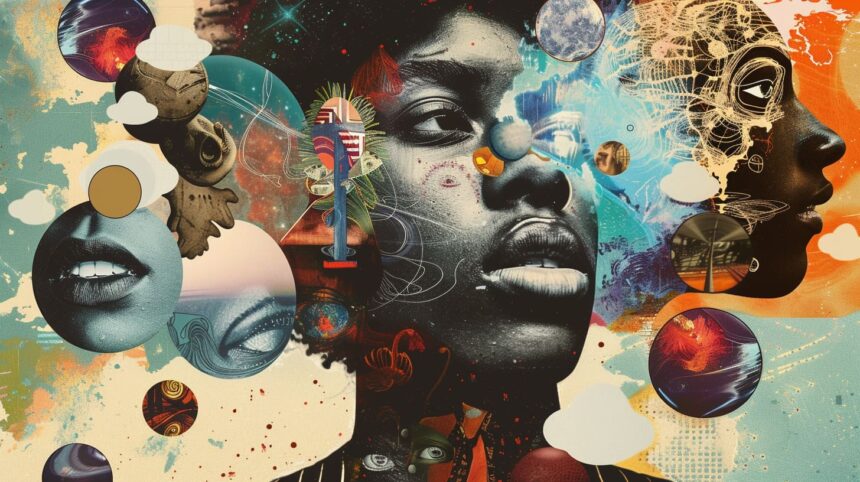
Leave a Reply